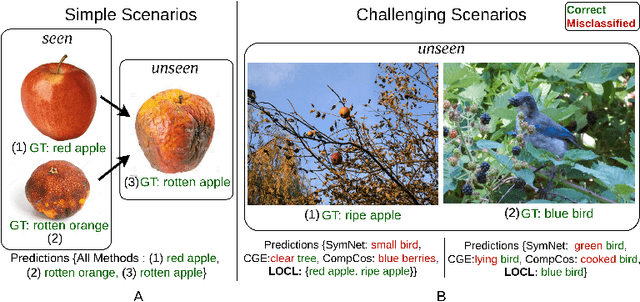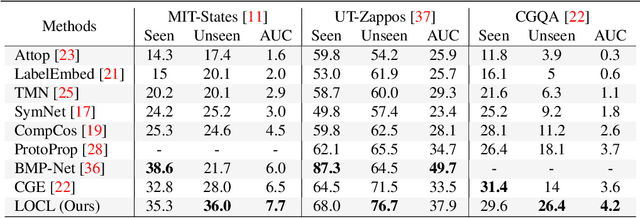ASM Iftekhar
MethaneMapper: Spectral Absorption aware Hyperspectral Transformer for Methane Detection
Apr 05, 2023Abstract:Methane (CH$_4$) is the chief contributor to global climate change. Recent Airborne Visible-Infrared Imaging Spectrometer-Next Generation (AVIRIS-NG) has been very useful in quantitative mapping of methane emissions. Existing methods for analyzing this data are sensitive to local terrain conditions, often require manual inspection from domain experts, prone to significant error and hence are not scalable. To address these challenges, we propose a novel end-to-end spectral absorption wavelength aware transformer network, MethaneMapper, to detect and quantify the emissions. MethaneMapper introduces two novel modules that help to locate the most relevant methane plume regions in the spectral domain and uses them to localize these accurately. Thorough evaluation shows that MethaneMapper achieves 0.63 mAP in detection and reduces the model size (by 5x) compared to the current state of the art. In addition, we also introduce a large-scale dataset of methane plume segmentation mask for over 1200 AVIRIS-NG flight lines from 2015-2022. It contains over 4000 methane plume sites. Our dataset will provide researchers the opportunity to develop and advance new methods for tackling this challenging green-house gas detection problem with significant broader social impact. Dataset and source code are public
LOCL: Learning Object-Attribute Composition using Localization
Oct 07, 2022



Abstract:This paper describes LOCL (Learning Object Attribute Composition using Localization) that generalizes composition zero shot learning to objects in cluttered and more realistic settings. The problem of unseen Object Attribute (OA) associations has been well studied in the field, however, the performance of existing methods is limited in challenging scenes. In this context, our key contribution is a modular approach to localizing objects and attributes of interest in a weakly supervised context that generalizes robustly to unseen configurations. Localization coupled with a composition classifier significantly outperforms state of the art (SOTA) methods, with an improvement of about 12% on currently available challenging datasets. Further, the modularity enables the use of localized feature extractor to be used with existing OA compositional learning methods to improve their overall performance.
 Add to Chrome
Add to Chrome Add to Firefox
Add to Firefox Add to Edge
Add to Edge